Next: Phenomena of the Lorentz Up: Special Relativity Previous: The Lorentz Transformation Contents
Lets again look at MM in the frame in which the sun is at rest, now using the Lorentz Transformation. Light moves at the speed of light in every frame but the length parallel to motion is reduced 3. Starting in the parallel direction.
 |
time out to mirror | ||
 |
time back | ||
 |
|||
 |
|||
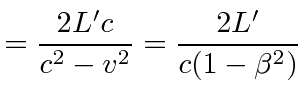 |
|||
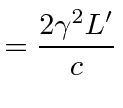 |
|||
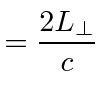 |
|||
 |
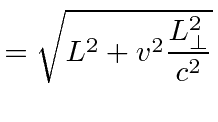 |
 not changed not changed |
|
 |
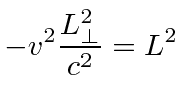 |
||
 |
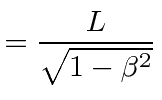 |
||
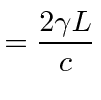 |
|||
 |
Fitzgerald contraction | ||
 |
 |
using transformed length | |
 |
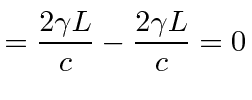 |
no shift |
Fitzgerald postulated that the length along the direction of motion changes as we transform to a moving frame. This is confirmed in the Lorentz transformation. With this transformation, the speed of light is the same in any frame and the Michelson-Morley experiment's null result is expected.